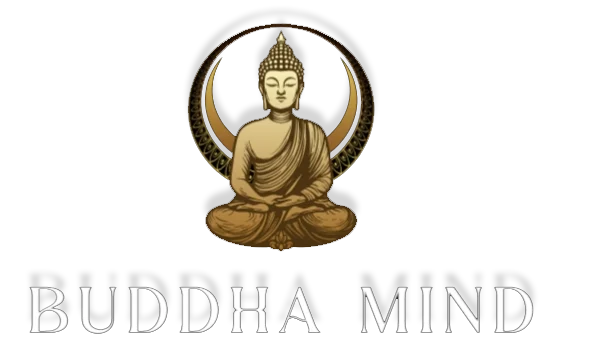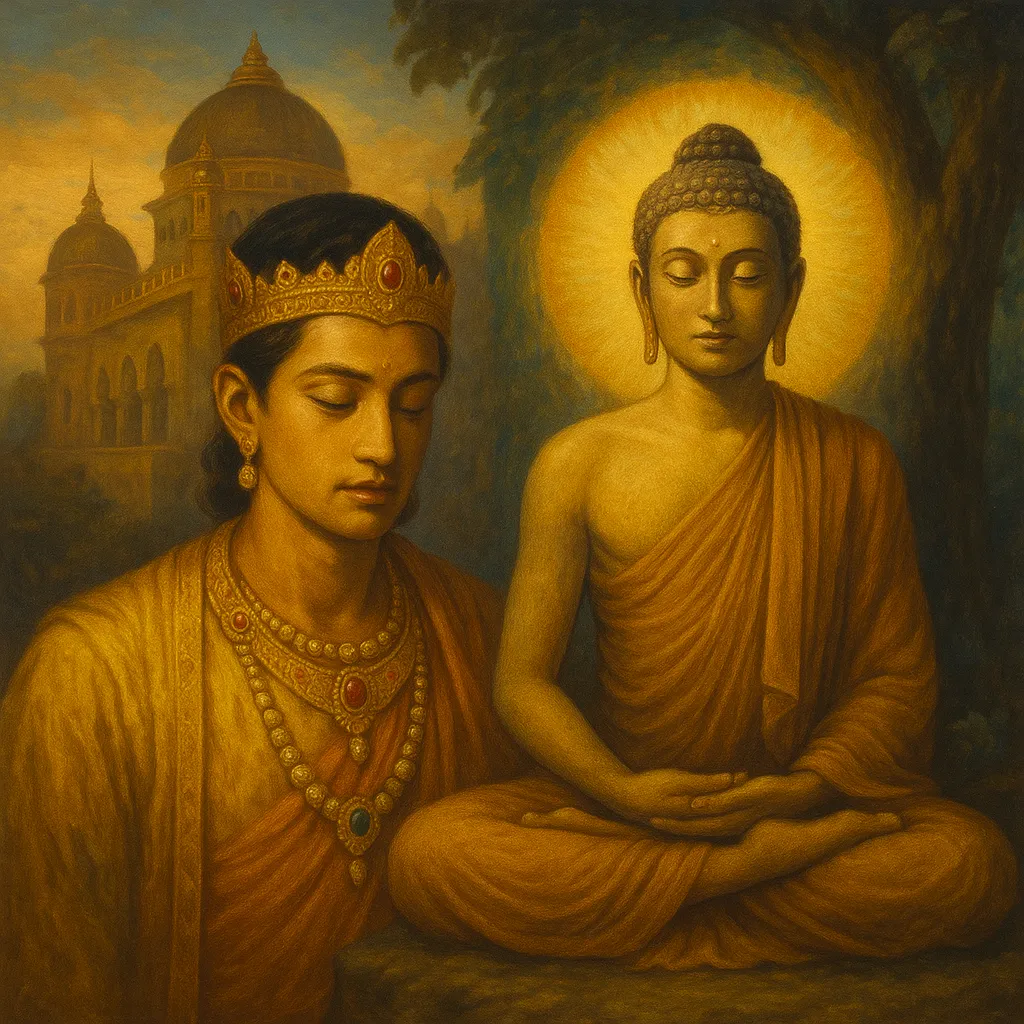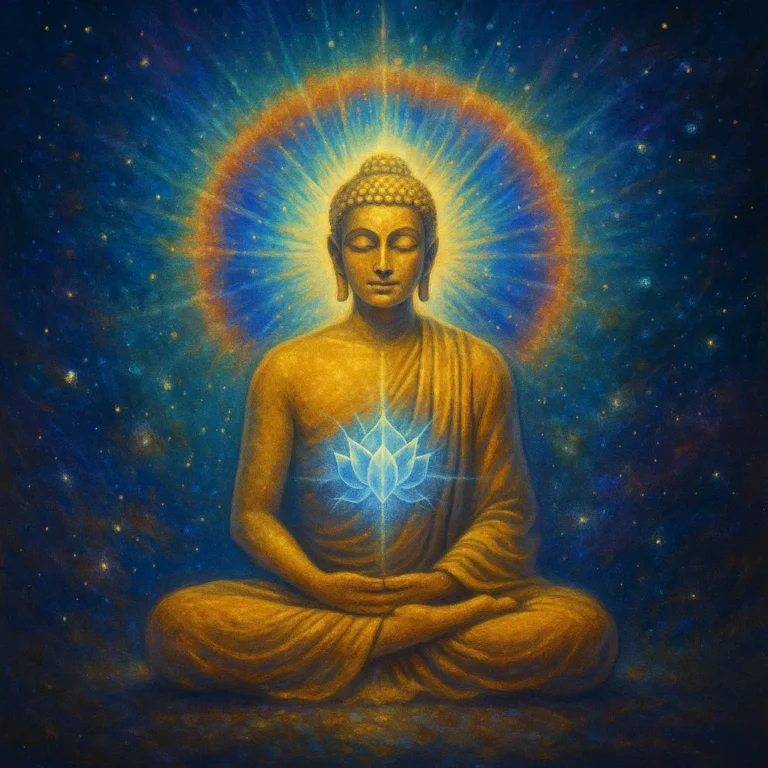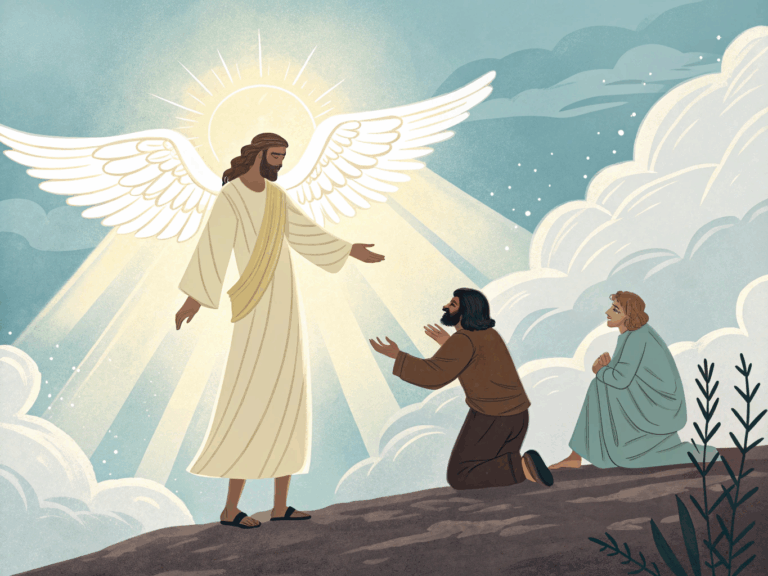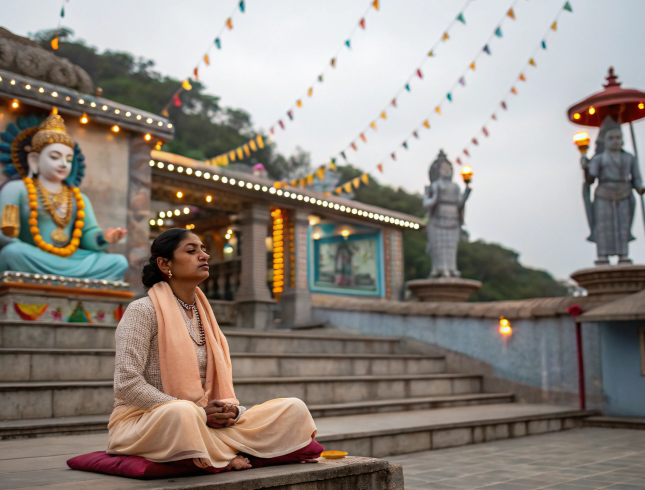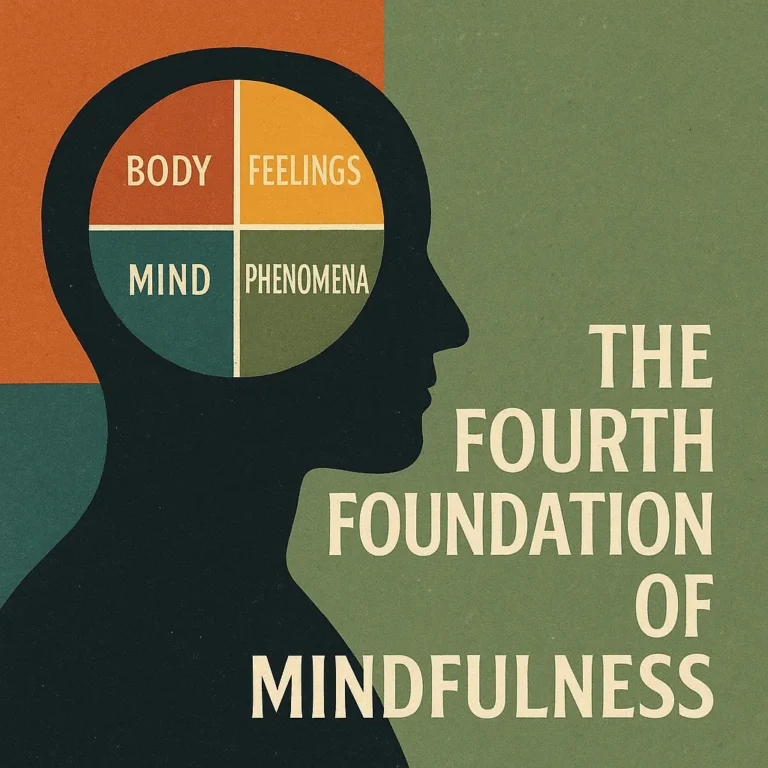The Story of Buddha: From Prince to Enlightened Teacher
What if everything you were taught to desire—wealth, luxury, comfort—turned out to be meaningless in the face of life’s deepest truths? This is exactly the realization that led Siddhartha Gautama to leave behind a royal life in search of something far more profound. Today, his journey continues to inspire spiritual seekers and skeptics alike. His transformation into the Buddha—the “Awakened One”—is not just a religious milestone, but a deeply symbolic roadmap for human consciousness.
In this post, we explore the story of the Buddha, his path to enlightenment, and the timeless lessons it holds—particularly for those curious about the mind, meditation, and inner transformation. What does it mean to observe the buddha on mind? What can we learn from the buddha about mind?
Born into Luxury: A Life of Privilege
Siddhartha Gautama was born into royalty around the 6th century BCE in what is now Nepal. His father, King Śuddhodana of the Shakya clan, was determined to raise his son in pure comfort, hoping he would become a great ruler, not a spiritual teacher. From birth, astrologers predicted two possible futures: Siddhartha would either become a powerful king or a fully enlightened sage. To steer him toward the throne, the king shielded him from all suffering.
The palace life was saturated with beauty, ease, and pleasure—designed to keep any hint of sorrow at bay. Yet, even the most gilded cages cannot keep the human mind from questioning.
The Four Encounters That Changed Everything
At the age of 29, Siddhartha finally stepped beyond the palace walls. What he saw shattered his illusion of permanence and perfection.
- An elderly man: A reminder that aging is inevitable.
- A sick person: Proof that health is fleeting and pain is universal.
- A corpse: A direct confrontation with death and impermanence.
- A wandering ascetic: A symbol of renunciation and the search for deeper truth.
These four encounters sparked a mental revolution. They are now considered iconic symbols of spiritual awakening. They challenge the very foundation of material satisfaction and invite us to ask, “What lies beyond pleasure and pain?”
These moments echo questions like: Why is meditation an important part of Buddhism? Because, as Siddhartha learned, insight comes not from avoidance but from presence.
Leaving the Palace: A Symbolic Departure
Siddhartha’s decision to leave his wife, newborn son, and royal duties was not taken lightly. In Buddhist teachings, this isn’t merely a physical departure—it’s an act of profound spiritual courage. It reflects the inner moment when a person decides to let go of ego, status, and comfort in pursuit of something real.
He spent years wandering through India, learning from various sages, and pushing his body to extremes through ascetic practices. But the more he denied himself, the further he felt from the truth. Starvation, silence, solitude—it all left him more confused than enlightened.
This stage in his life also invites us to identify a true statement about Herbert Benson’s secular meditation: that balance—not extremes—is essential to mental clarity.
Under the Bodhi Tree: A Night of Insight
At 35, Siddhartha sat beneath the Bodhi tree in Bodh Gaya and vowed not to rise until he understood the nature of existence. In a single night of profound meditation, he faced inner demons—fear, desire, doubt—and emerged on the other side. As dawn broke, so did his ignorance.
What he realized became the core of Buddhist philosophy:
- The Four Noble Truths: Life involves suffering; suffering has a cause; it can end; there’s a path to that end.
- The Eightfold Path: A guide to ethical living, mental discipline, and wisdom.
From that moment, Siddhartha became the Buddha—meaning “The Awakened One.”
The Buddha as a Guide, Not a God
One of the most profound aspects of the Buddha’s life is that he never claimed to be divine. He insisted he was simply a man who had seen clearly. His role was not to be worshipped but to serve as a mirror, reflecting each person’s inner potential.
His teachings were accessible. Kings, merchants, beggars—all were welcome. The early Sangha (community of monks and lay followers) formed around shared practice and mutual support. This is why buddha on mind teachings are still relevant: they remind us that awakening isn’t reserved for mystics—it’s available to anyone willing to look within.
The Symbolism Behind the Story
The Buddha’s biography is often read like a sacred map:
- The palace symbolizes illusion, comfort, and attachment.
- The four encounters represent awakening from ignorance.
- The years of asceticism show that extreme self-denial does not lead to liberation.
- The Bodhi tree is the place of realization, where wisdom arises through stillness and observation.
These milestones also speak to modern seekers. They invite us to reflect on how much time we spend avoiding suffering instead of transforming our relationship with it.
Meditation: The Engine of Transformation
So, why is meditation an important part of Buddhism? Because it’s not about emptying the mind—it’s about seeing clearly. Just as Siddhartha discovered his truth through meditative stillness, today’s practitioners use mindfulness to anchor themselves, observe their patterns, and open to insight.
Meditation offers a structured way to engage with suffering—not run from it. It’s a process of purification, allowing clarity to rise like the morning sun after a long, dark night.
Even in secular contexts, we see this value reflected. To identify a true statement about Herbert Benson’s secular meditation, one might say: it highlights how breath and mental focus can trigger the body’s relaxation response. In other words, meditation heals not just the spirit, but also the body.
A Timeless Message for a Restless World
The story of the Buddha isn’t locked in ancient texts—it’s lived again and again in modern life. It’s echoed in every person who walks away from superficial comfort to find deeper meaning. It’s in those who sit in silence to understand themselves. It’s in each effort to meet pain with awareness, rather than resistance.
When we explore the buddha about mind, we’re not just learning philosophy—we’re reclaiming our power to awaken. His journey is an invitation to explore your own mind, to see through illusion, and to return home to what’s real.
